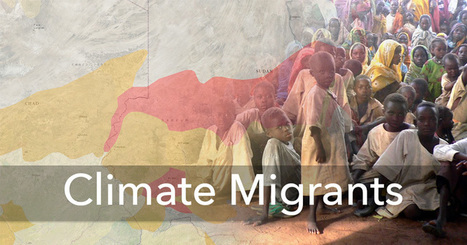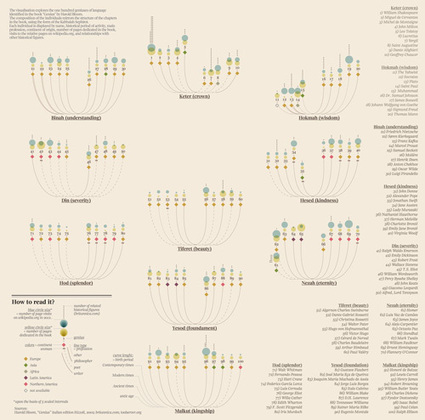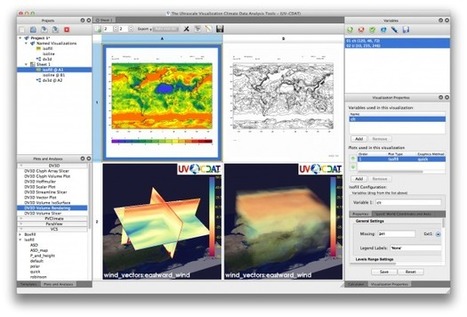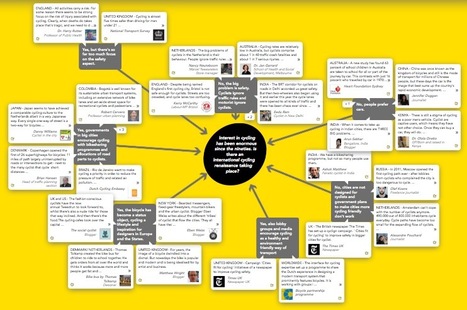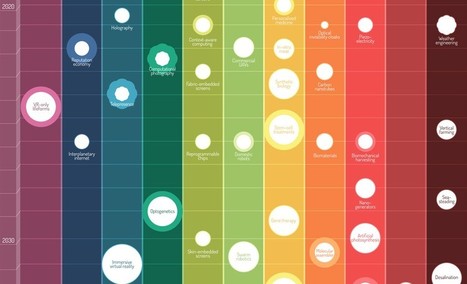Climate change has already displaced tens of thousands of people. If it continues unabated, it could lead to one of the largest mass human migrations in history.
Get Started for FREE
Sign up with Facebook Sign up with X
I don't have a Facebook or a X account
 Your new post is loading... Your new post is loading...
 Your new post is loading... Your new post is loading...

Patrizia Bertini's curator insight,
December 30, 2012 5:59 AM
I see! - goes together with embodied cognition? It seems so... Infographics as a key? 
bancoideas's curator insight,
December 30, 2012 9:28 AM
Ideas acerca de las ideas que tenemos sobte nosotros/as mismos/as y el mundo que co-construimos 
Denise Eler's curator insight,
June 30, 2015 7:26 PM
Quando um gestor pede que uma apresentação de 80 slides seja condensada em 3 slides, ou uma página A3, não tenha dúvida: isto vai exigir de você mais que capacidade de síntese textual. Pensar visualmente, especialmente, criando diagramas é uma competência valiosa. Vejo isso durante meus cursos e vivência com profissionais das mais variadas indústrias. A boa notícia é que dá para aprender ;) |

Brian Weekley's curator insight,
July 27, 2016 10:47 AM
Great simple map of world population. Scroll down and look at the U.S. It reflects the global trend. This also has political implications, as evidenced by voting patterns in the 2012 presidential election. Elections are dependent upon votes, which come from people, which are primarily clustered in cities. Election campaigns would use this data to plan their schedules as to where to focus their campaigning efforts. For the folks in Wyoming, they rarely see candidates other than during the primaries. And these world populationclusters have been relatively consistent historically, particularly in south and east Asia. Northern India has serious carrying capacity challenges. Notice the clusters along the Nile- evidence of arable land.

Louise Robinson-Lay's curator insight,
June 22, 2013 6:29 PM
great for preparing data and analyzing it.
TeresaSiluar's curator insight,
April 27, 2014 11:28 AM
Uso de mapas mentales en la curación de contenidos.

Martin (Marty) Smith's comment,
January 28, 2013 7:14 PM
I think "design" and "programming" are rushing at each other at light speed. Web pages will be made from branching if,then,else algorithms soon. Can't just drip paint on a canvas, so design's function will be making those algorithms make visual sense.

Gordon Shupe's curator insight,
February 8, 2013 6:38 AM
Info graphics don't really include digital photography, generally, but they are a fascinating way of displaying understanding, telling a story, and implying solutions.

Lauren Moss's curator insight,
December 21, 2012 5:40 PM
A curated infographic gallery from FastCompany... |




